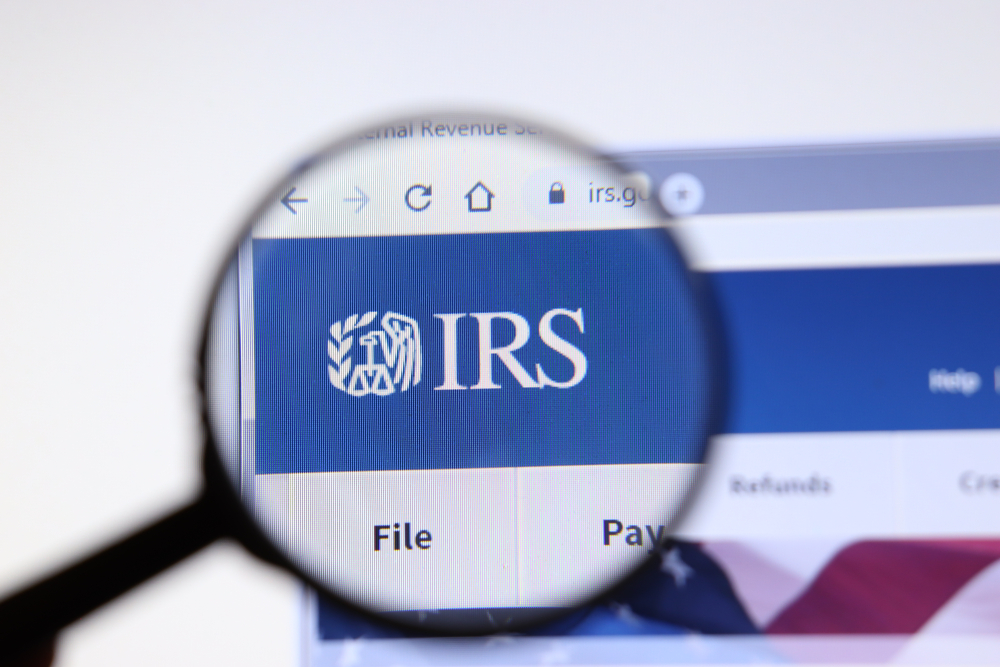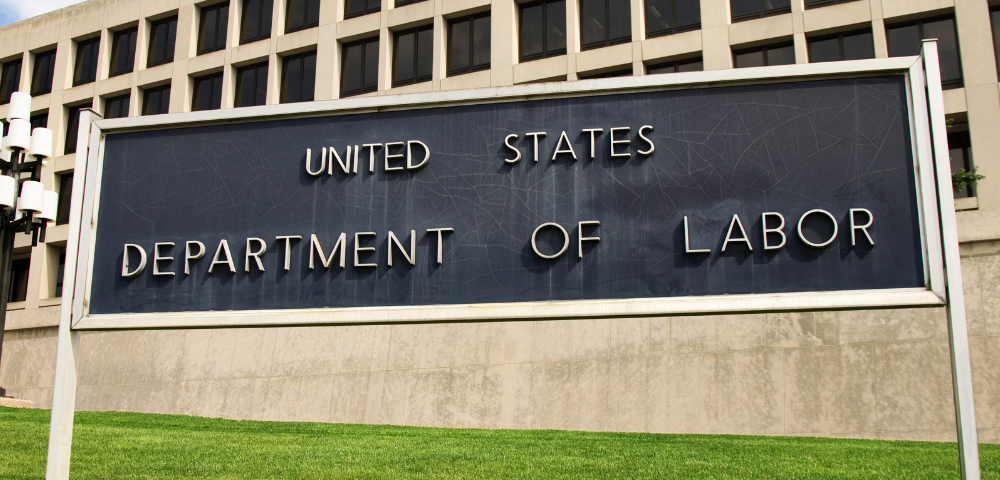
IRS Sent Incorrect Form 941 Failure-to-Deposit Notice
August 26, 2020
Risks vs. Benefits of Life Insurance Loans
September 7, 2020The U.S. Department of Labor’s Wage and Hour Division (WHD) and Employment and Training Administration (ETA) both published guidance related to the reopening of schools.
WHD frequently asked questions.
The WHD has released a list of frequently asked questions (FAQs) for workers and employers about qualifying for paid leave under the Families First Coronavirus Response Act (FFCRA). The new FAQs explain eligibility for paid leave relative to the varied formats and schedules schools have announced as they plan to reopen, including blending in-person with distance learning. WHD is providing this information to explain the benefits and protections available under both the paid sick leave and the expanded family and medical leave provisions of FFCRA.
The FFCRA entitles certain employees to take up to two weeks of paid sick leave and take up to 12 weeks of expanded family and medical leave, 10 of which are paid for specified reasons related to the coronavirus (COVID-19) pandemic. An eligible employee may take both types of paid leave “because of a need to care for the employee’s son or daughter whose school or place of care is closed, or whose child care provider is unavailable, due to the coronavirus related reasons.”
Since the DOL has received many requests for guidance on this topic, the WHD believes publishing these FAQs will help the public, schools and employers clarify eligibility for these benefits. In particular, the FAQs address topics about qualifying for paid leave when a child attends a school operating on an alternate day basis; a parent chooses remote learning when in-person instruction is available; and a school begins the year with remote learning but may shift to in-person instruction if conditions change.
ETA FAQs.
The ETA also released guidance that provides states with information regarding the eligibility of individuals who are caregivers for Pandemic Unemployment Assistance (PUA) under the CARES Act.
PUA is designed to provide benefits to certain individuals who are normally ineligible for or who have exhausted entitlement to regular unemployment compensation (UC) or extended benefits (EB). In particular, an individual may be eligible for PUA if they are ineligible for regular unemployment compensation, extended benefits, and pandemic emergency unemployment compensation; and self-certify that he or she is unemployed, partially unemployed, or unable or unavailable to work because, among other possible reasons, “a child or other person in the household for whom the individual has primary caregiving responsibility is unable to attend school or another facility that is closed as a direct result of the coronavirus public health emergency and such school or facility care is required for the individual to work.”
The ETA’s guidance explains when parents and caregivers may be eligible for PUA under various circumstances related to their child’s school’s reopening plans. More specifically, the guidance explains how states should evaluate an individual’s eligibility for PUA when a child or other person in his or her household for whom the individual is the primary caregiver attends a school operating on an alternate day basis; the individual chooses remote learning for his or her child when in-person instruction is available; and the school remains closed as a direct result of COVID-19.





